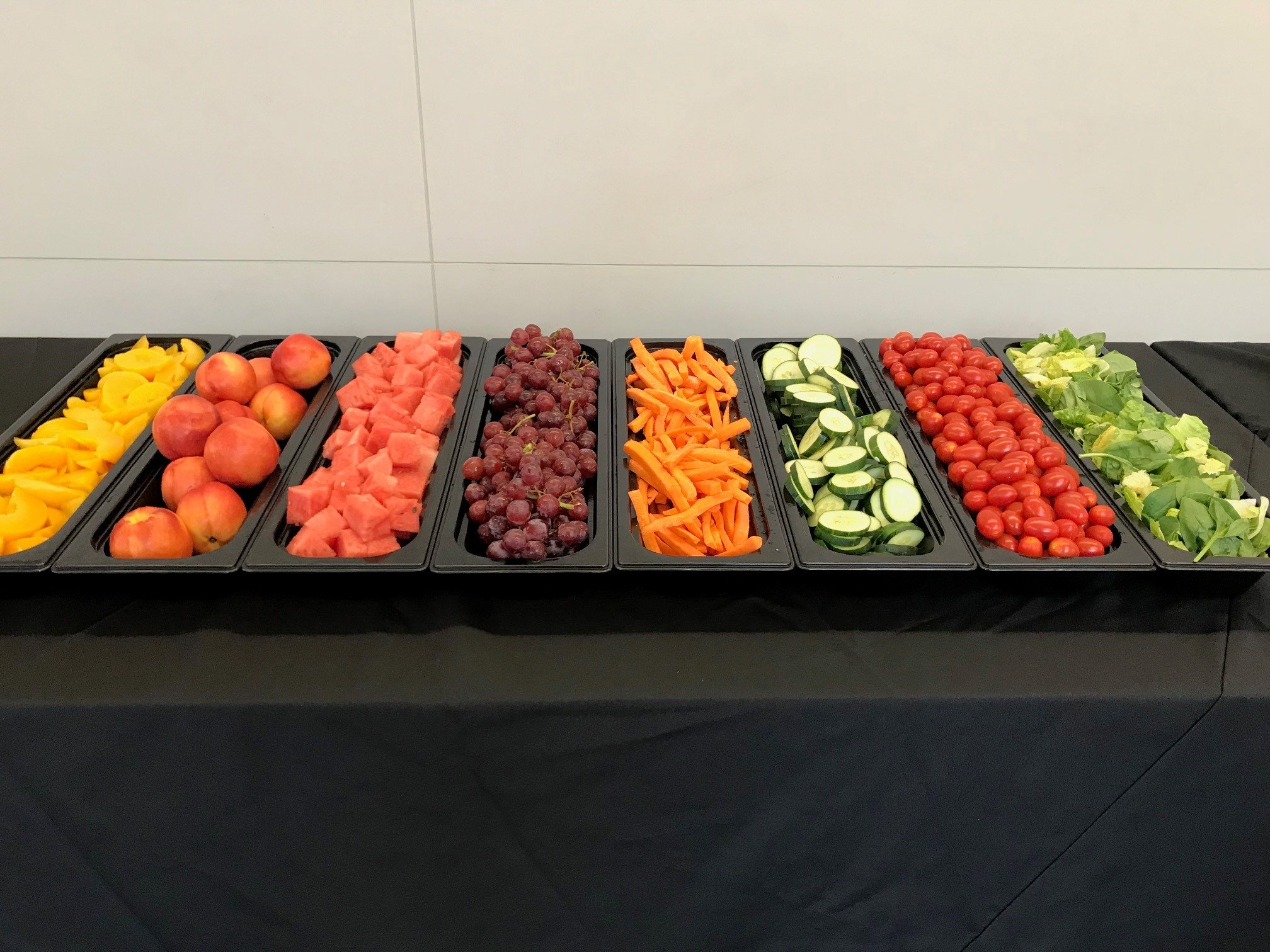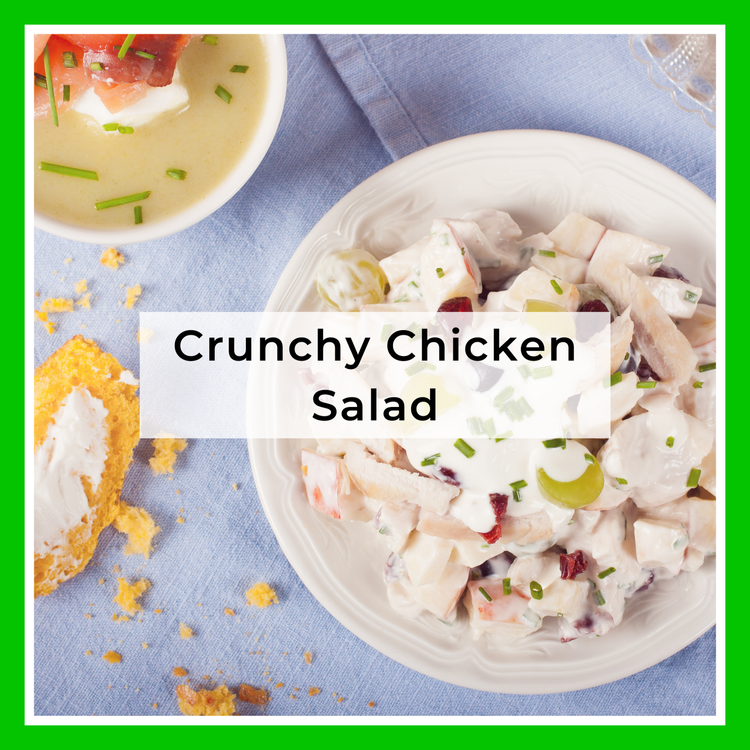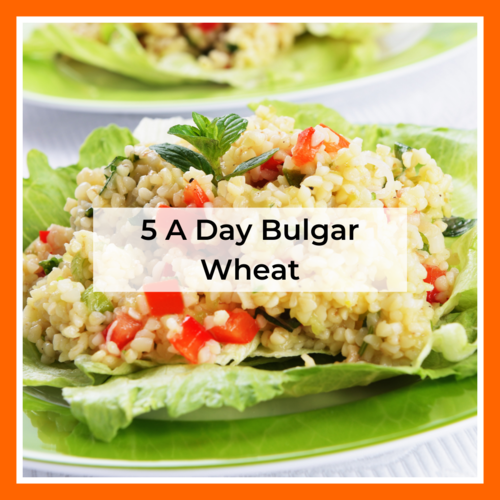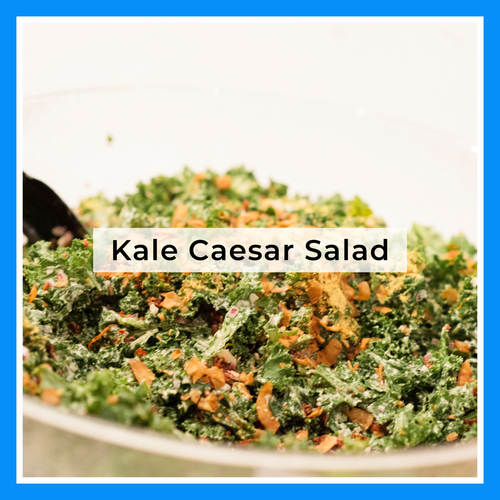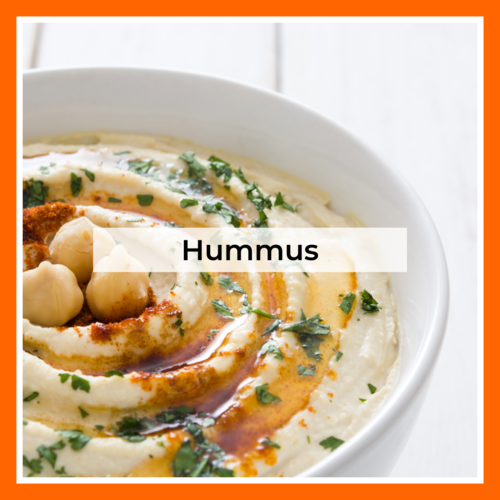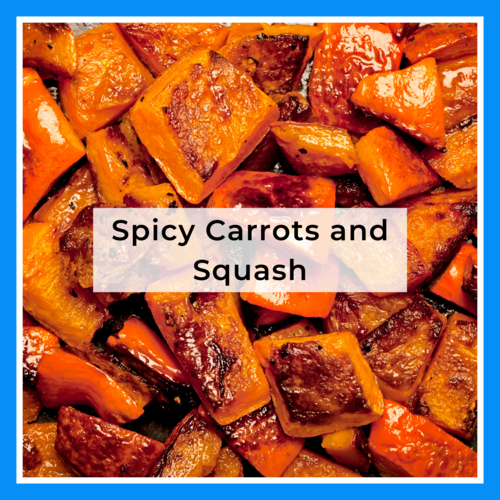Recipes

Apples
Apples are one of the worlds most popular fruits. They contain a high levels of water and fiber, vitamin C, and various antioxidants. Eating apples can have multiple benefits for your health. Some evidence suggests that apples may improve heart health and lower your risk of cancer, diabetes and aid in weight loss. An apple a day is a very good thing!
See below for recipes.

Broccoli
Broccoli is a vegetable in the cabbage family. The most recognizable variety of broccoli is the heading type. The green tree-like structure we eat is the flower of the plant. In fact, all parts of the broccoli plant, like the stalk and large leaves, are edible and nutritious! Other varieties include sprouting, romanesco, and raab.
See below for recipes.
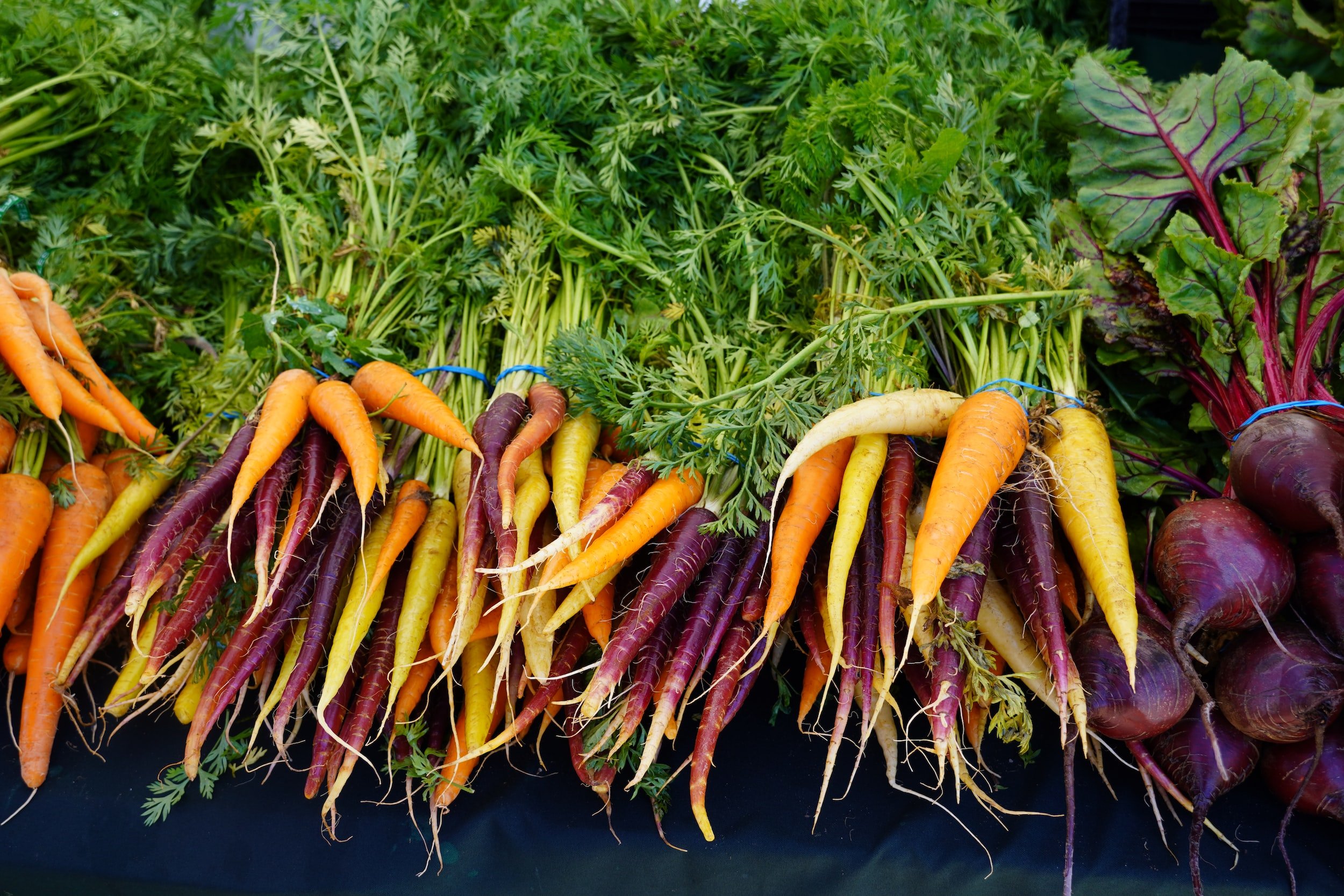
Carrots
Carrots are a root vegetable that are loaded with fiber and the antioxidant beta carotene. Beta carotene is what gives carrots the bright orange color that we’re used to seeing, but there are also carrot varieties that come in purple, red, yellow, and white. All of the parts of the carrot are edible, including the leaves which can be added to salads, stews, and a variety of other dishes. Did you know that we typically call ‘the carrot’ is actually the root.
See below for recipes.
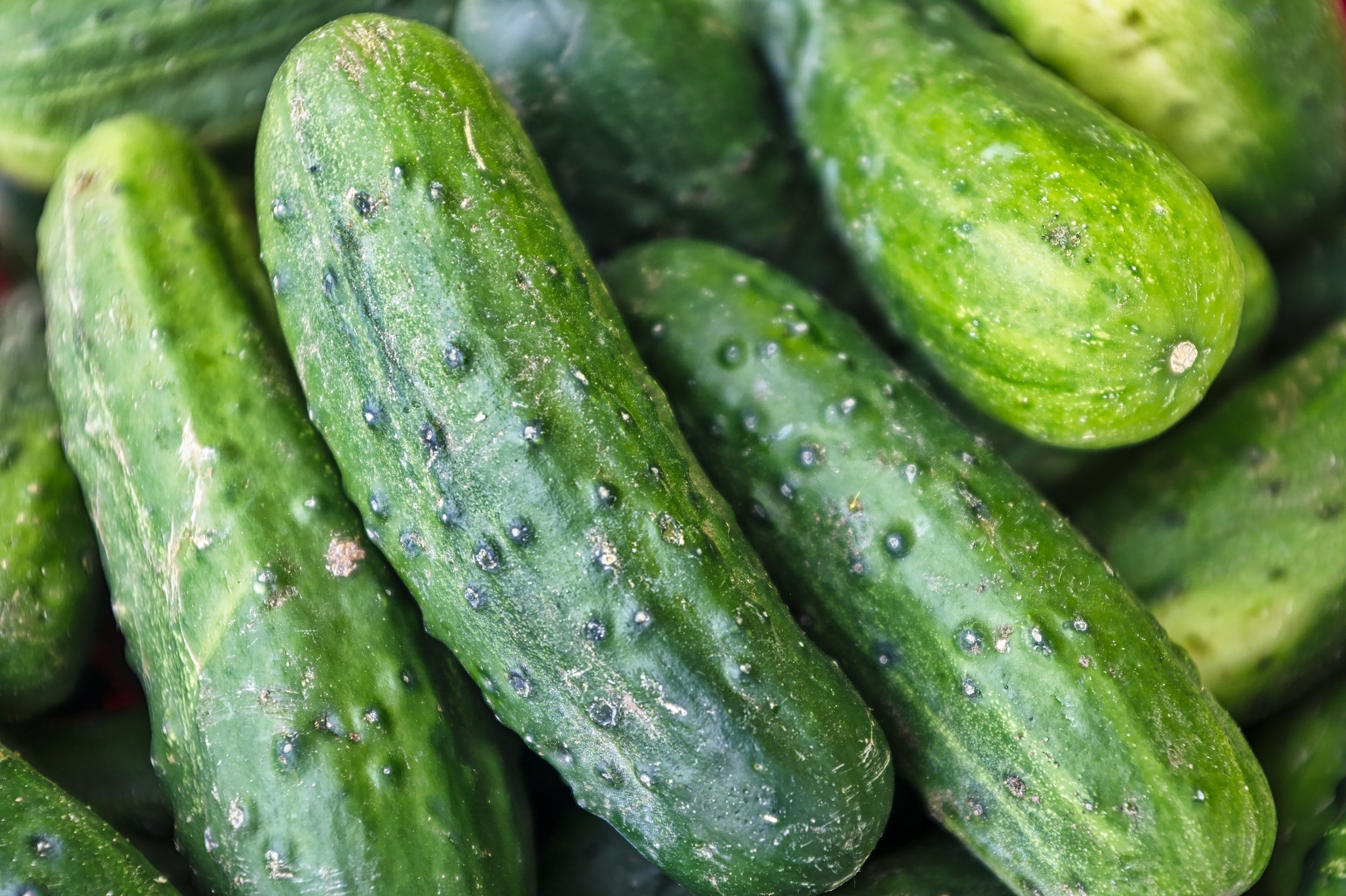
Cucumbers
Cucumbers are a vegetable grown outside in the summer and in greenhouses year-round. Made up of 95% water, they are a delicious and hydrating snack to have after playing outside! How do you like to eat cucumbers best? Depending on your preference, there are three varieties to choose from: pickling, slicing, and seedless.
See below for recipes.
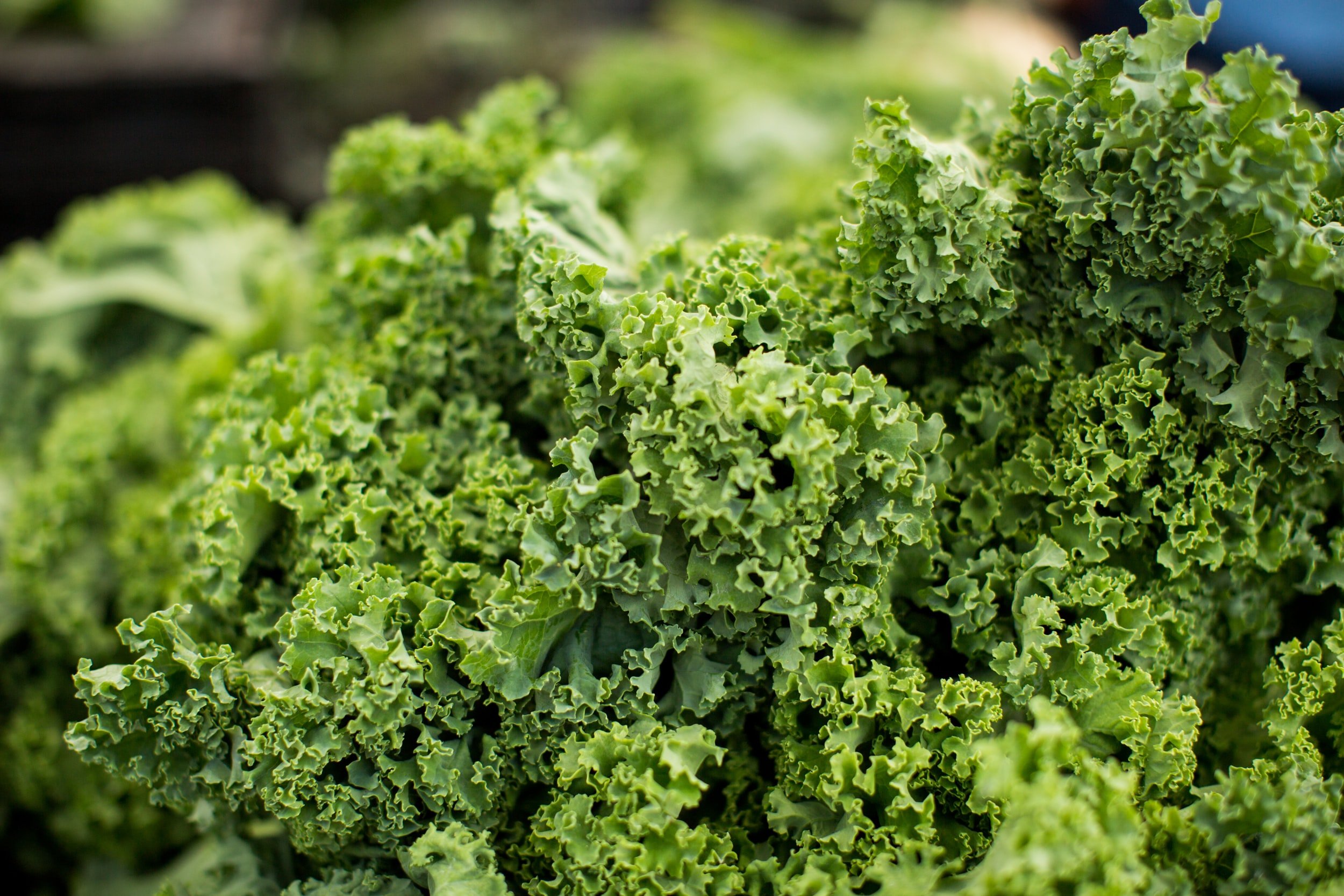
Kale
Kale is a dark leafy green chock-full of nutrients! This hardy plant grows best during the cooler months, and comes in a variety of colors. Leaves vary in color and texture, ranging from green and soft to purple and curly. Did you know that kale is part of the cabbage family, just like broccoli and brussels sprouts?
See below for recipes.
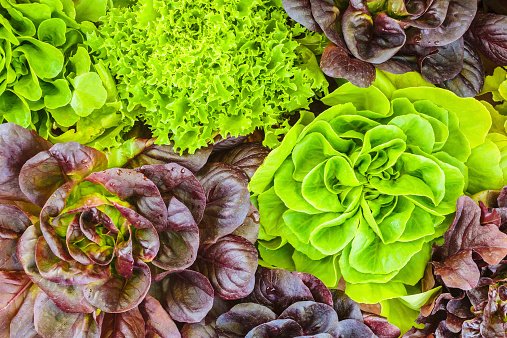
Lettuce
Lettuce is one of the most recognizable vegetables grown in Maryland. This cool-weather crop is easy to grow and can be overwintered with row covers. Leaf lettuces, which grow green or reddish leaves around a central stalk, are found in many home gardens. Other varieties to try are butterhead, romaine or cos, iceberg, escarole, endive, and chicory!
See below for recipes.
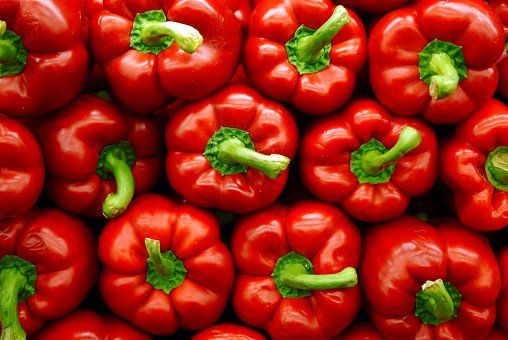
Sweet Bell Peppers
Did you know that sweet bell peppers are culinarily and nutritionally considered a vegetable but botanically they are the fruit of the plant? The color of a bell pepper depends on its maturity. As the flesh turns green to red, it becomes sweeter as well!
See below for recipes.

Turnips
Turnips are a root vegetable similar in taste and texture to potatoes. The skin of a turnip ranges from white to purple, depending on the variety. Did you know turnip leaves, sometimes referred to as turnip greens, are edible too?! Cook them like you would collard or mustard greens.
See below for recipes.
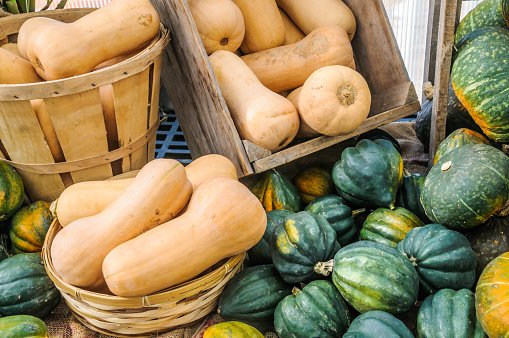
Winter Squash
Winter squash vary in color, shape, and size. During the warm months, fruit grows on long vines and is ready to harvest when the skin matures into a hard shell. This tough rind makes them great for storage in the winter months. Many varieties, like butternut, cushaw, and hubbard are native plants to the Americas!
See below for recipes.
